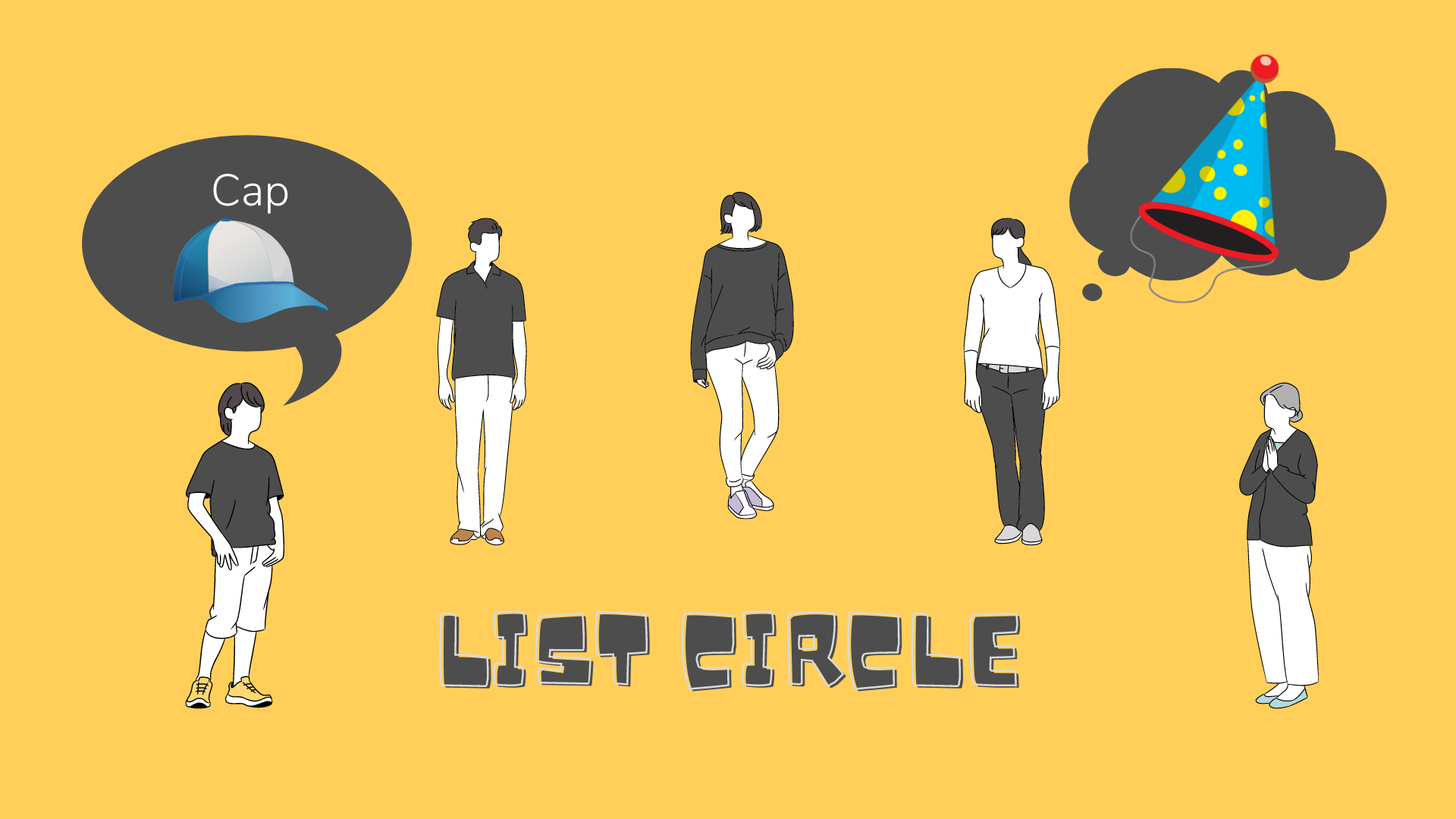5 Ways To Embrace Playful Leadership
Practical tips for bringing a playful approach your leadership style

As we grow into managers and leaders, we often become so bogged down with our responsibilities that our inherent playfulness gets damped down or completely disappears.
Many people wrongly assume that playfulness means being silly or playing games.
In reality, play is a mindset. It has far more to do with your motivation and attitude than any specific activity.
You can be playful while doing anything, from brainstorming to coding to running a stakeholder meeting.
A playful mindset is one that is relaxed, creative, imaginative and in-flow. It eschews consequences and strict goals in favor of exploration and adventure. This is how you can tell 'play' and 'games' don't mean the same thing - there are plenty of highly-competitive games that focus your mind ruthlessly on the goal.
To help you harness some playfulness at work, we've taken some common scenarios and provided you with some tactics to introduce a playful spirit back into those situations.
1. Daily standup meeting
Usually
The team goes around in a circle sharing what they did, what they are about to do and any challenges.
Playfully
- The team builds energy and focus by starting with a one minute game such as Zip-Zap-Boing or List Circle.
- When providing individual updates, the team uses a linked-list (speaker chooses next speaker) or a randomly-thrown foam ball to keep everyone engaged and on their toes.
- Once a week, each team member quickly shares something that went wrong or had an unexpected outcome and the group celebrates the learning from that 'failure'.
2. Project kickoff
Usually
Gather everyone to talk about what needs to be achieved.
Playfully
- Gather everyone and have them co-design the mission, brainstorm the objectives and discuss important values.
- Play a game where you invite the team to walk through what a total disaster would look like. Facilitate discussion following the game around what risks they've identified and how they could mitigate those risks. What working agreements are needed to help avoid the disaster scenario?
3. Stakeholders don't understand the value of a design
Usually
The product designer shows mockups, workflow diagrams, customer sentiment data, historical support trends (etc) to make their case.
Playfully
- The product designer starts by asking each stakeholder to play the role of a specific persona in the target audience. The roles are primed using cheat sheets with all the relevant data. The stakeholder's job is to advocate for their persona's needs and wants.
4. Team is afraid to fail - members don't admit mistakes
Usually
Explain that risk and failure are a normal part of business and that they are both OK as long as they are well-managed.
Playfully
- Talk about times you've failed and the powerful, sometimes unexpected things you learned as a result. Use the language of exploration and adventure.
- As a team, start a ritual around failure to build psychological safety.
5. Team members don't listen to each other
Usually
Remind everyone to share the mic and point out when someone is not listening.
Playfully
- Tell them you're noticing that the team could be better at listening to each other. Suggest that you and they play a game that builds listening muscles. Then have a fun, high-energy session where everyone gets to share their experiences of the game and what they plan to tweak about their approach.
You might enjoy our playful leadership workshop where we'll show you how to harness playful mindsets and tools to increase your impact as a leader.


